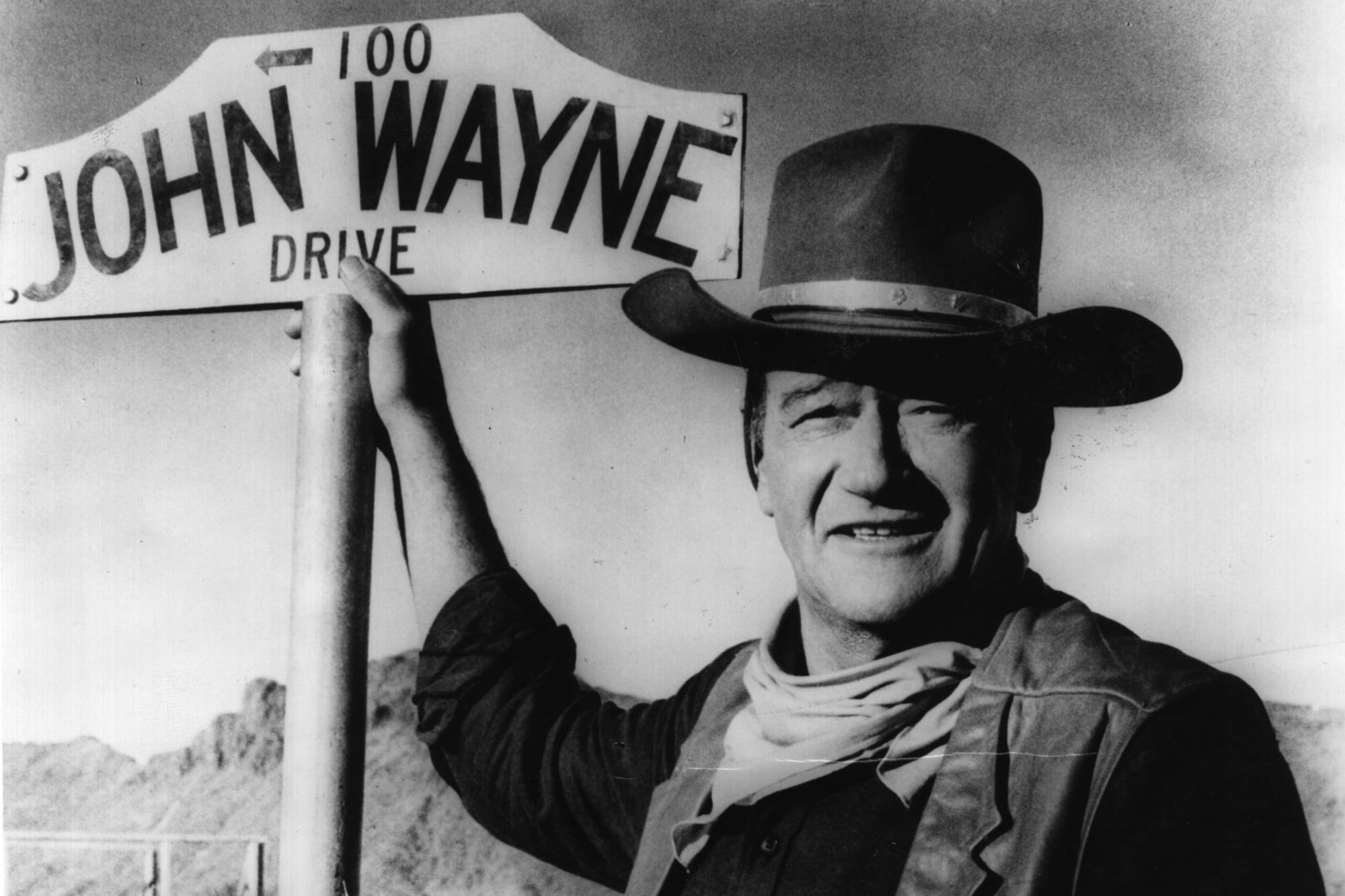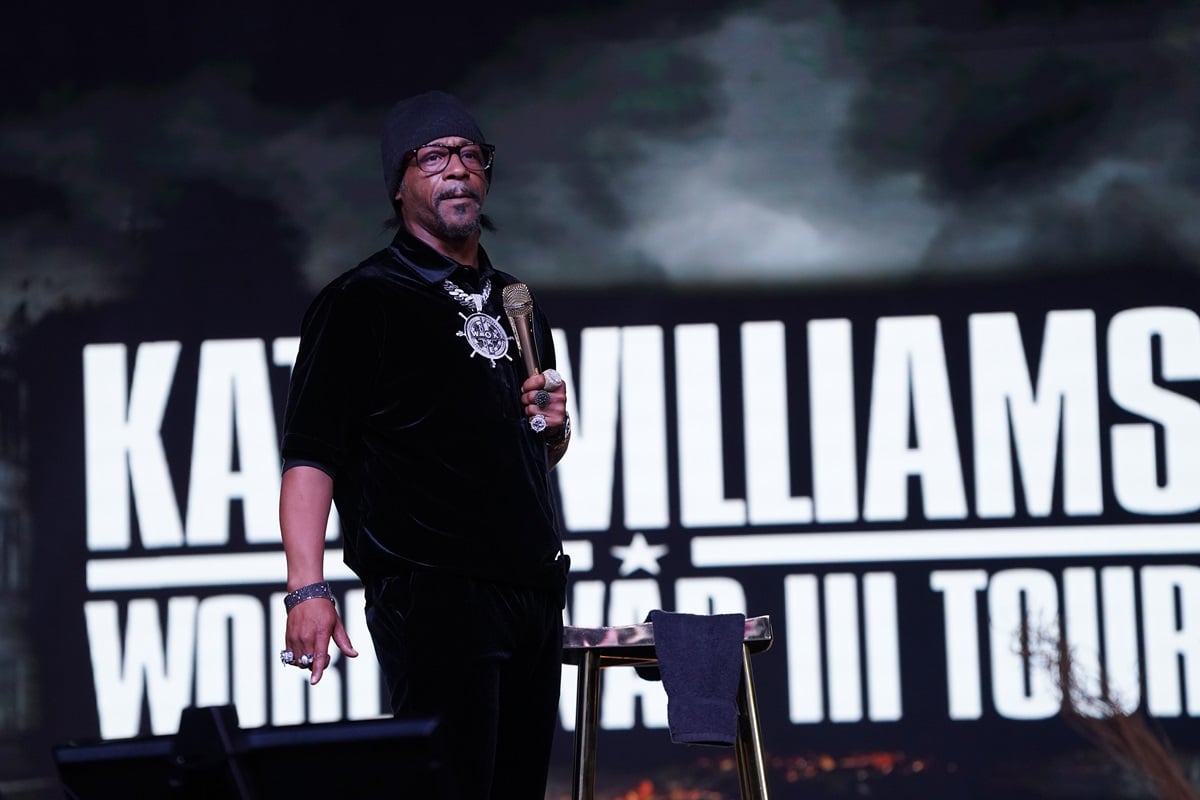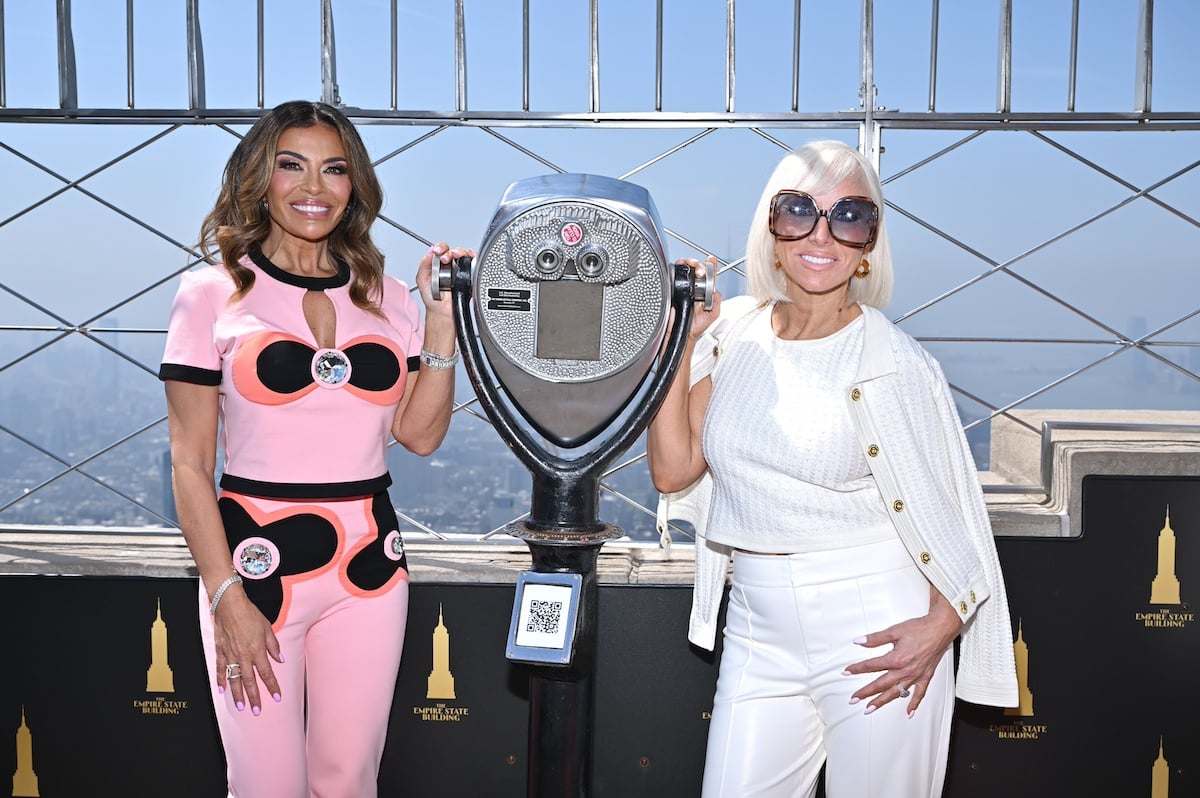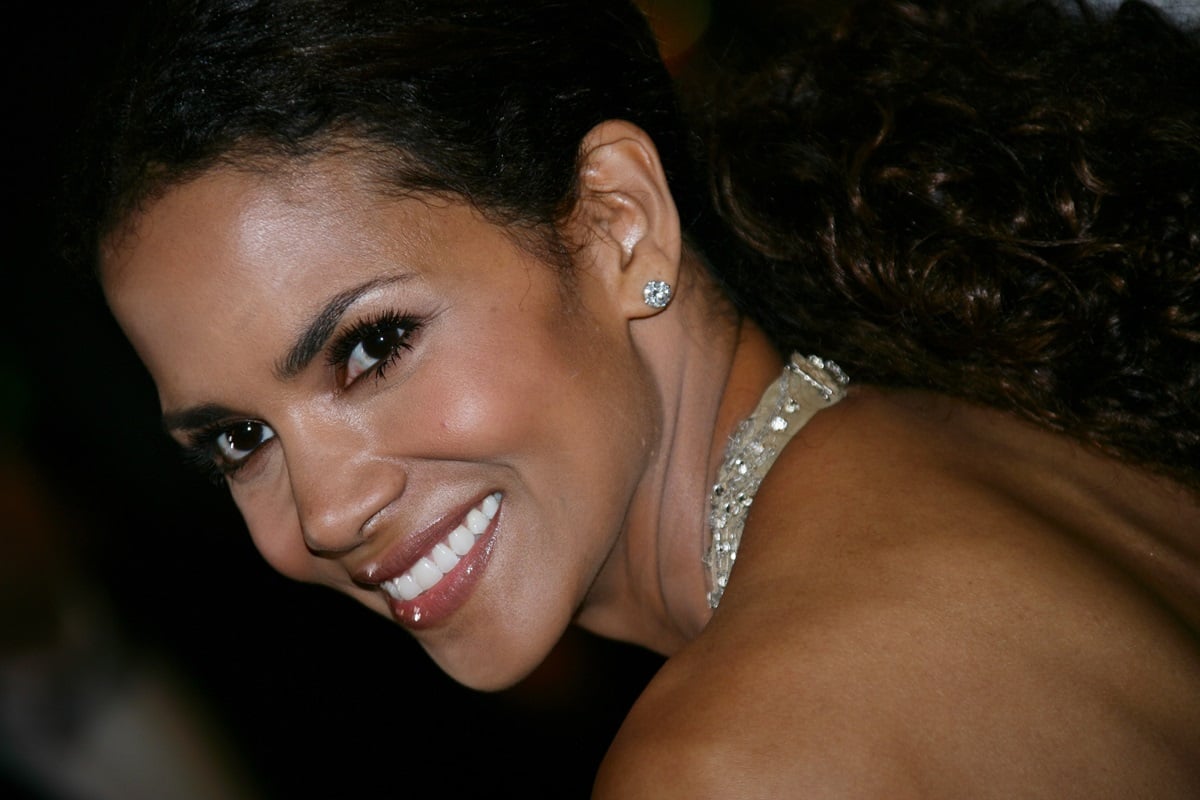
John Wayne Explained How He Made the Western Hero a ‘Roughneck’
Western movie legend John Wayne developed the genre in a way that cemented him in film history forever. He wasn’t shy in acknowledging his own impact on the Western hero’s definition in the media, as he described exactly what separated him from the pack. Wayne pushed the Western genre forward in a way that no one else ever could.
John Wayne defined an era of Western movies

Wayne went from working in props to ultimately becoming a Western and war movie star. He always had the look to play a cowboy, transforming from the young, clean hero to the tough representation of masculinity. It all started with his first leading role in Raoul Walsh’s The Big Trail that hit theaters in 1930. However, it was his collaboration with John Ford on 1939’s Stagecoach that pushed him into stardom.
The actor defined an era of Westerns with Tom Doniphon in The Man Who Shot Liberty Valance, Rooster Cogburn in True Grit, and Ethan Edwards in The Searchers. Audiences knew what they were getting into when they paid for a Wayne-starring Western, which ultimately cemented him as a fixture of the genre.
John Wayne said he turned the Western hero into a ‘roughneck’
According to Randy Roberts’ book, John Wayne: America, the actor intended to contort the image of the Western hero. He wanted to bring his sense of tough masculinity into his roles that he didn’t feel existed in the genre’s history, at that point.
“I made up my mind that I was going to play a real man to the best of my ability,” Wayne said. “I felt many of the western stars of the twenties and thirties were too goddamn perfect. They never drank or smoked. They never wanted to go to bed with a beautiful girl. They never had a fight. A heavy might throw a chair at them, and they just looked surprised and didn’t fight in this spirit. They were too goddamn sweet and pure to be dirty fighters.”
Wayne emphasized that he wanted to be a “dirty fighter,” explaining that he should meet an antagonist’s violence with the same level of force. He used the example of throwing a chair. Additionally, the actor wanted to bring other “dirty” traits to his characters.
“I was trying to play a man who gets dirty, who sweats sometimes, who enjoys kissing a gal he likes, who gets angry, who fights clean whenever possible but will fight dirty if he has to,” Wayne stated. “You could say I made the western hero a roughneck.”
He hated the genre’s pivot to Clint Eastwood’s anti-hero
Wayne certainly moved the needle on the Western genre, which ultimately inspired other actors to try and do the same with their own performances. Clint Eastwood had his own twist on the genre that provided a type of antithesis to what Wayne delivered.
The actor looked up to Wayne, but played a sort of antihero who wasn’t afraid to bring more brutality to his fighting style. The image of the squinty, poncho-wearing role in the Dollars Trilogy pushed his career forward.
However, Wayne didn’t appreciate Eastwood’s approach to the Western genre. He didn’t believe that the young actor was portraying the West in a respectful fashion, but Eastwood simply accepted that his mentor simply came from another generation.



